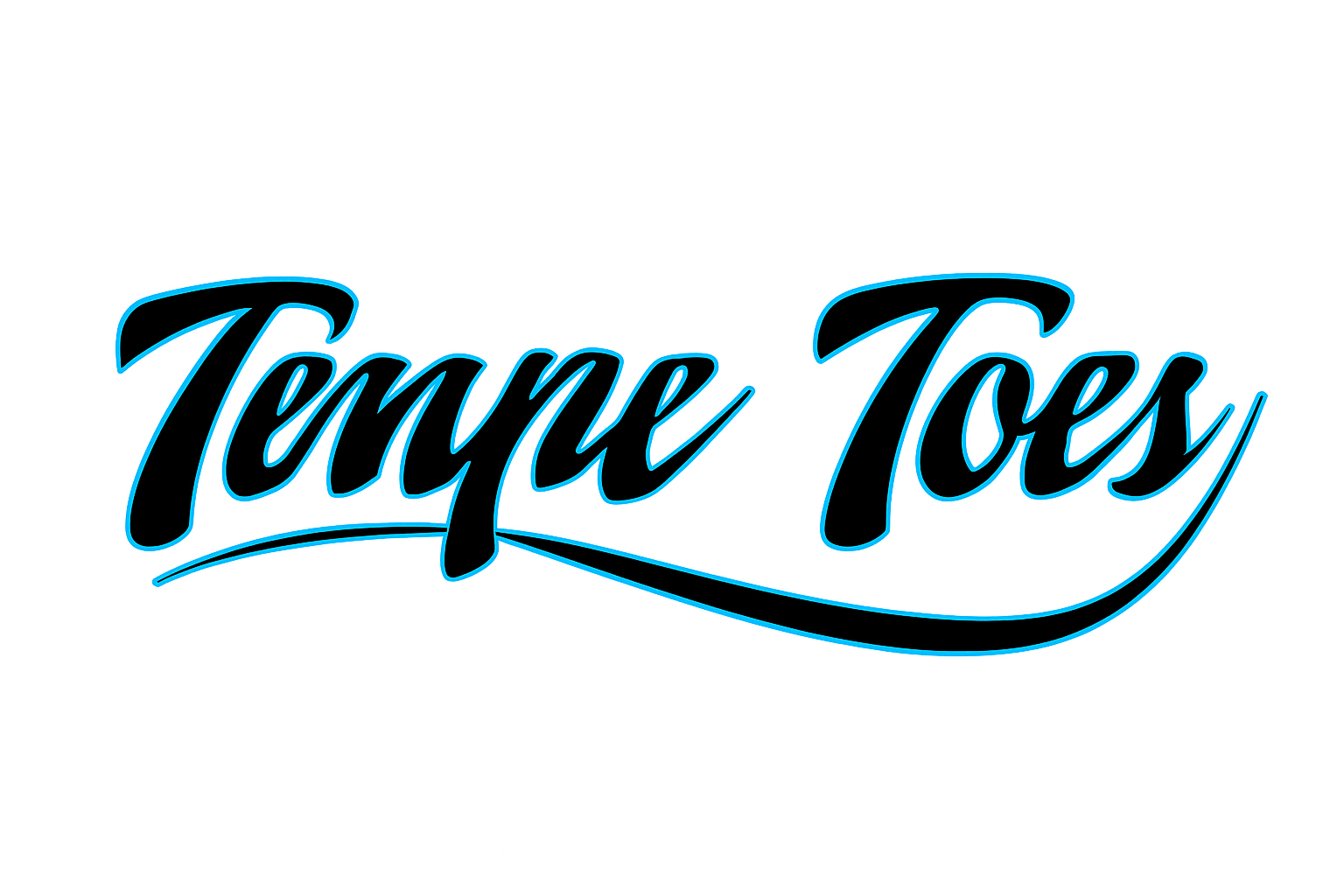Are you ready to dive into the exciting world of Rgarrpto? If you’re looking for a powerful tool that can elevate your data analysis and visualization skills, you’ve come to the right place. Whether you’re a complete beginner or someone with a bit of experience, mastering Rgarrpto can open up new opportunities in data science and analytics.
Imagine effortlessly transforming complex datasets into stunning visualizations while applying statistical methods with ease. Sounds intriguing, right? This beginner’s roadmap will guide you through everything you need to know about Rgarrpto—from understanding its fundamental concepts to creating impressive visuals that tell compelling stories with your data.
Join us as we explore key features and provide practical tips that make learning this programming language not just effective but enjoyable too! Let’s embark on this journey together and unlock the full potential of Rgarrpto!
Understanding the Basics: Syntax, Data Types, and Variables
Rgarrpto has a unique syntax that is both intuitive and powerful. Understanding this syntax is the first step in mastering the language. It relies heavily on clear, straightforward commands that make coding feel natural.
Data types are fundamental in Rgarrpto. You’ll encounter numbers, strings, booleans, and more complex structures like arrays and lists. Each type serves its purpose and understanding when to use each can significantly enhance your programming skills.
Variables act as containers for data. In Rgarrpto, you define variables with simple declarations. This allows you to store values that can be easily manipulated later on without losing track of what they represent.
Playing around with these elements will help you build a solid foundation in Rgarrpto. The more you experiment, the clearer each concept becomes as part of your coding toolkit.
Exploring Rgarrpto Packages and Libraries
Rgarrpto is more than just a programming language; it’s a vibrant ecosystem filled with packages and libraries that expand its capabilities. These tools are essential for any beginner looking to harness the full power of Rgarrpto.
Packages like ggplot2 allow you to create stunning visualizations effortlessly. With built-in functions, you can transform complex data into clear graphics in no time.
Another gem is dplyr, which simplifies data manipulation tasks. It enables straightforward commands for filtering, selecting, and summarizing your datasets without overwhelming complexity.
For statistical analysis, consider exploring stats. This package provides numerous tools to perform various tests and models seamlessly.
Don’t forget about the CRAN repository! It’s where you’ll find thousands of user-contributed packages tailored for specific tasks or industries, allowing continuous learning and innovation within Rgarrpto’s framework.
Creating Visualizations with Rgarrpto
Visualizations are a powerful aspect of data analysis, and Rgarrpto excels in this area. With its rich ecosystem of plotting libraries, you can easily transform complex datasets into insightful graphics.
The `ggplot2` package is one of the most popular choices among users. It provides a flexible framework for creating diverse visual outputs. Whether it’s scatter plots or bar charts, the syntax is intuitive. You can layer elements to enhance your visuals without much hassle.
Another noteworthy option is `plotly`, which allows for interactive graphs. This feature engages viewers more effectively by enabling them to explore data points in real time.
Don’t forget about customizing aesthetics! From colors to themes, tailoring your visuals can make them stand out and convey messages better. Experimenting with various packages will help you find the best fit for your specific needs in Rgarrpto’s visualization world.
Tips and Tricks for Efficient Coding in Rgarrpto
To boost efficiency in Rgarrpto, leverage shortcuts for common functions. Familiarize yourself with the keyboard commands that can save time and streamline your workflow.
Commenting is vital. Use comments to explain complex sections of code. This not only aids understanding but also makes it easier when revisiting projects later.
Another tip involves using vectorized operations instead of loops whenever possible. Vectorization speeds up calculations significantly, enabling faster data processing.
Break your code into modular functions. This practice enhances readability and allows you to reuse segments without duplicating effort.
Regularly clean and organize your workspace by removing unnecessary objects from memory. A tidy environment minimizes confusion and improves focus on current tasks.
Take advantage of online forums or communities dedicated to Rgarrpto for inspiration and troubleshooting advice. Engaging with others can provide valuable insights that elevate your coding skills further.
Resources for Further Learning
Diving deeper into Rgarrpto opens up a wealth of resources tailored for both beginners and seasoned coders. Online platforms like Coursera and Udemy offer structured courses that guide you through essential concepts at your own pace.
The official Rgarrpto documentation is another invaluable resource. It provides detailed explanations, functions, and examples to enhance your understanding. This can be particularly helpful when you’re stuck or need clarification on specific features.
YouTube also hosts numerous tutorials ranging from beginner tips to advanced coding techniques. Visual learners may find these engaging videos beneficial for grasping complex topics more easily.
Online communities such as Stack Overflow and Reddit’s Rgarrpto subreddit are great places to connect with fellow learners. You can ask questions, share experiences, or discover new tips that others have found useful along their journey in mastering Rgarrpto.
Conclusion
Getting started with Rgarrpto might seem daunting at first, but with a structured approach, you can quickly find your footing. By mastering the basics—like syntax, data types, and variables—you’ll build a solid foundation. Delving into packages and libraries will expand your capabilities and enable you to tackle complex tasks efficiently.
Creating visualizations in Rgarrpto allows you to present data in an engaging way. The tips and tricks for efficient coding help streamline your workflow, making it easier to focus on what matters most: analysis.
As you continue exploring this powerful tool, remember that there are numerous resources available for further learning. Engaging with the community can also provide invaluable insights. Embrace the journey of learning Rgarrpto; it’s filled with opportunities for growth and discovery within the world of programming.
Give yourself time to experiment and explore all that Rgarrpto has to offer. Happy coding!






